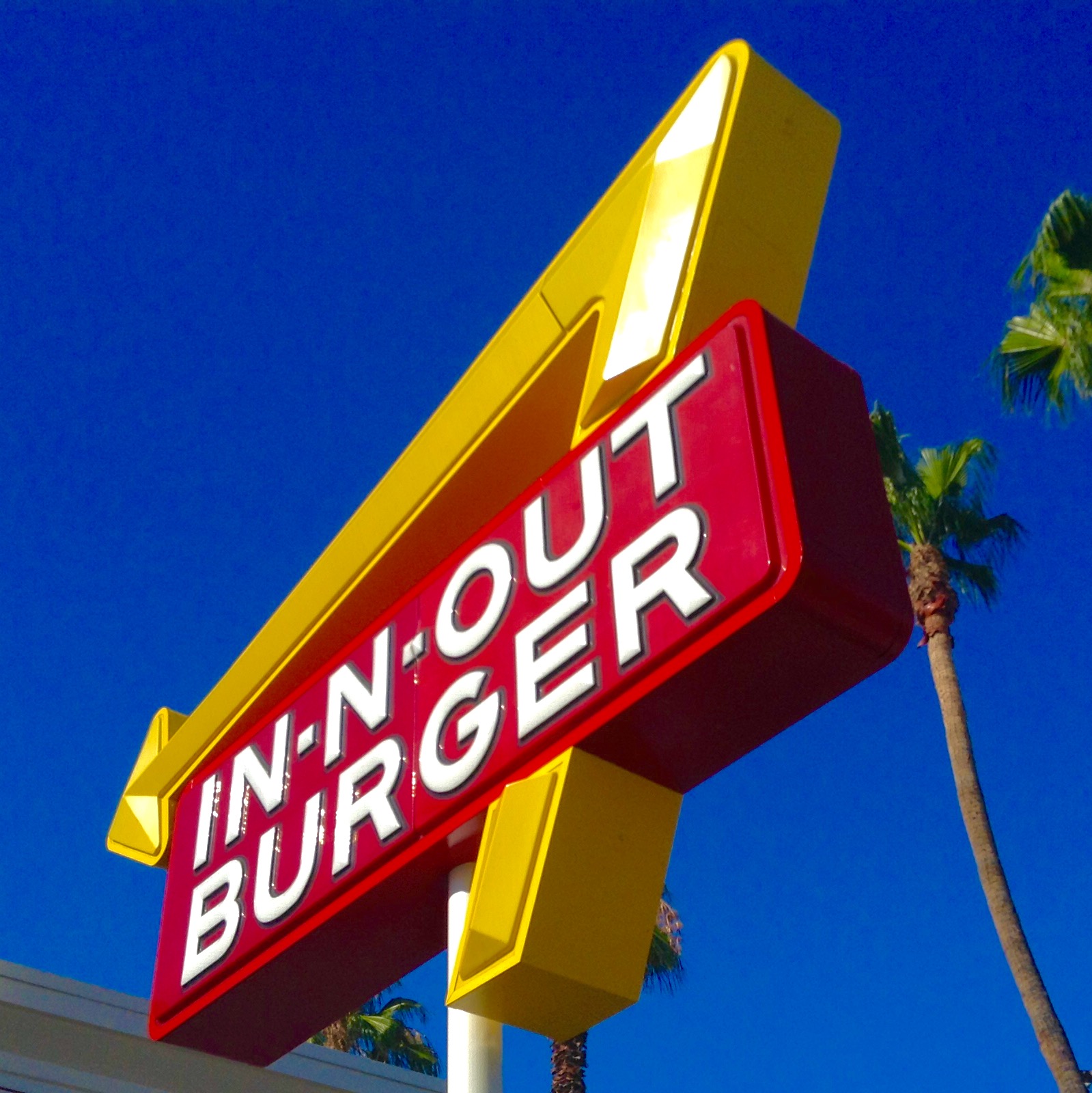Worth the wait? The University of Montana in Missoula quietly removed nutrition labels from its cafeteria last month, reports college newspaper Montana Kaimin. Campus dining director Campbell Howard told the paper the change was a result of congestion in the lunch line. Apparently, students were actually stopping to read nutrition facts. Tots over truth, speed over spaghetti—whatever you want to call it, students now have to check online to see how many calories are in that casserole.
Howard said the change will help promote healthy diets. But it’s not clear how, exactly, getting rid of the labels will make students eat with more “variety and moderation,” as he put it in the Kaimin piece. It’s also not clear if the dining hall took student preference into account. A 2013 survey by researchers at New York University and Yale found that 96 percent of students wanted access to nutrition facts in the cafeteria, not just online. And 88 percent of them said that information affects their decisions. Dining services at University of Montana had already done the hard part—making and maintaining all those labels. And it’s not like it got rid of the labels altogether: each dish is still individually marked with allergy and dietary preference information.
The dining hall’s decision also runs contrary to broader trends in menu labeling. Major chains like Panera and McDonald’s have started posting calorie facts, and sweeping Food and Drug Administration (FDA) menu labeling rules were scheduled to go into effect Monday. (Those requirements have been delayed by a year. Read our coverage on the pizza lobby’s effort to thwart them here.)
Campus dining services wouldn’t have been covered under the FDA rules, though. Under the delayed regulations, restaurants and cafeterias that operate in more than twenty locations under the same name will have to post calorie counts in full view on their menus. University cafeterias are largely exempt because, even if they’re run by massive food service providers like Sodexo and Aramark, they all have different names and they’re not technically retail establishments.
For the time being, all we can say about the U of M decision is, those must have been some really long lunch lines.











